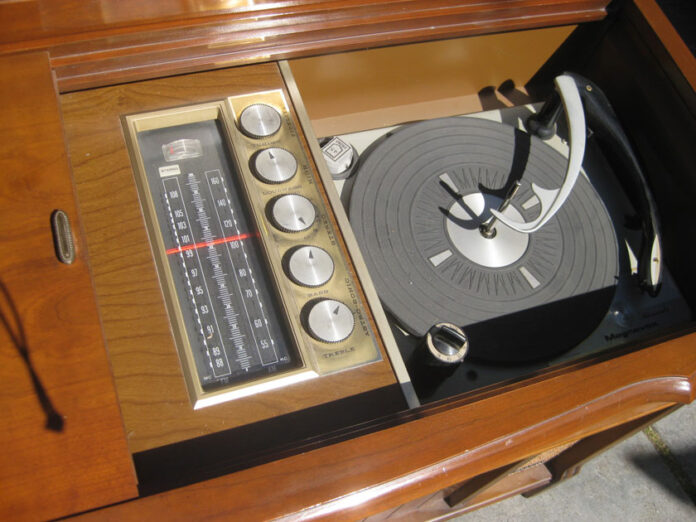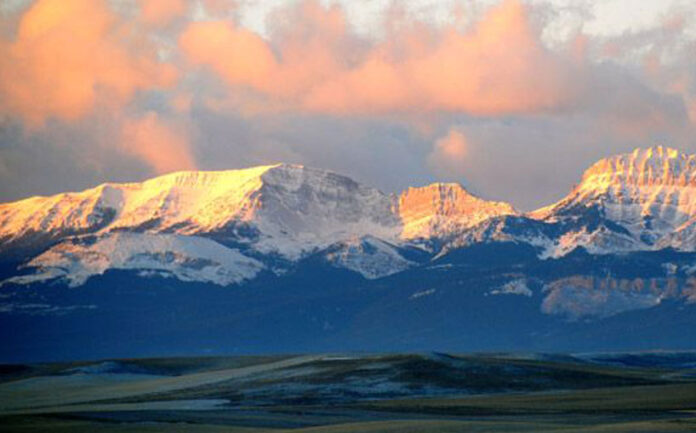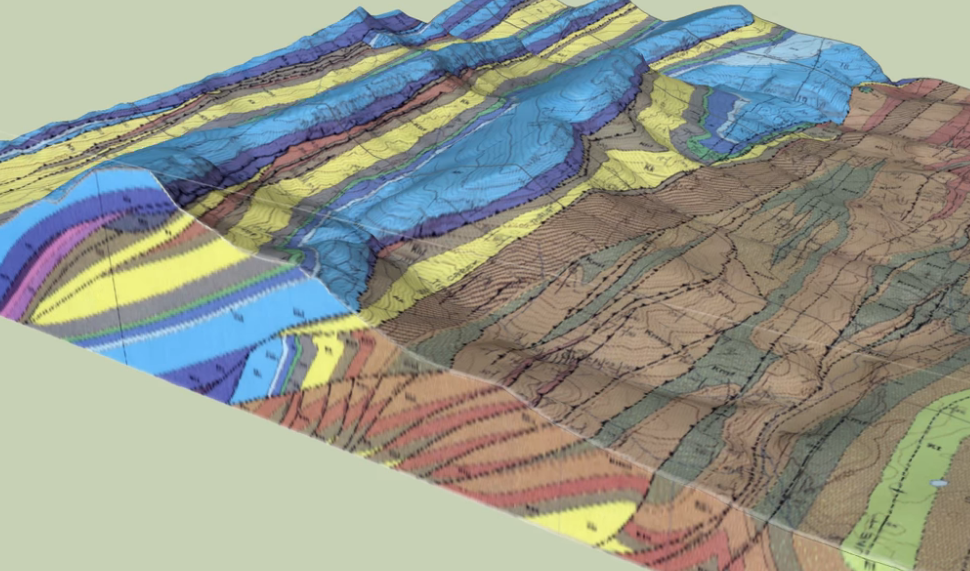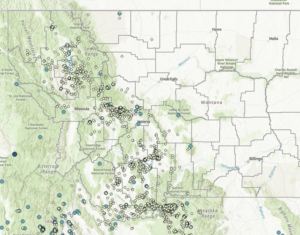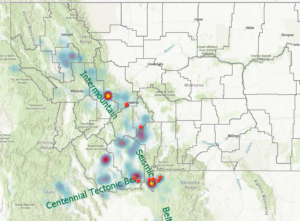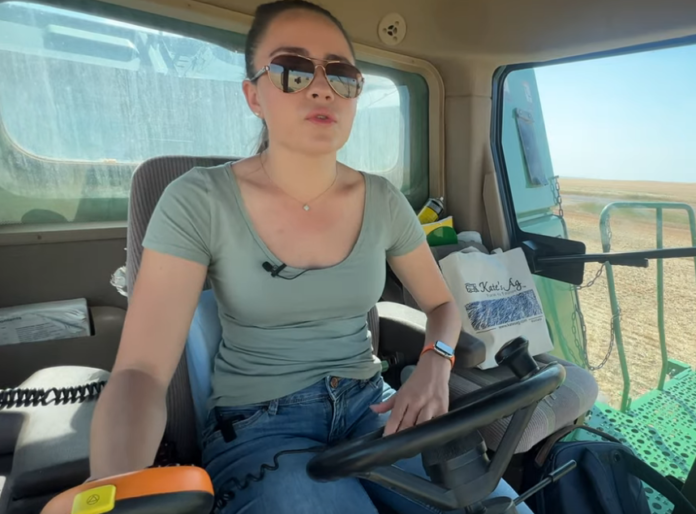I was looking at a story recently in the news about how a small group of people were accosted by a small group of Otters on a float trip down the Jefferson River.
It’s an unfortunate incident that may or may not have been avoidable given the conditions of the day on the river and the proximity of the territory of the Otters themselves. Either way it appears, these animals saw what they deemed was a potential threat to their area and responded how wild animals might often do … with aggression.
Animals like Otters, Beavers, Snakes, Deer, and even Elk aren’t real known for their aggressive tendencies. We usually don’t hear of the aggression until the warning signs are ignored.
Every one of these animals have a set of warning signs that are designed to let you know that they are there. A rattle snake for instance, doesn’t rattle his tail to tell all of his buddies that you are there — he rattles his tail to let “you” know that “he” is there. Beavers are much the same as that. A sharp slap on the water with his tail might do well to give you a clue as to his presence.
Most of these animals would prefer to not have a confrontation, but if the boundaries are pushed far enough, they are more than ready to meet the challenge at hand in order to restore their own perceived notions of personal space, safety, and peace.
My encounter with a Beaver one year when I was young up the West Fork of the Bitterroot at Pierce Creek taught me a thing or two. I ignored the warning signs and as a result, played hell getting out of there. Beavers, not too unlike any other form of our Montana wildlife, can be forces to be reckoned with if you ignore the warning signs.
I saw a video a month or so ago of a Bear stuck between two groups of people hiking a trail up at Glacier National Park and the Bear ultimately chose an alternate route down the mountain side in order to avoid having a run-in with either group. Though the Bear might not have preferred to take the route that he did, I’m pretty sure that he chose that route so that he might maintain his own personal space and peace.
Sometimes we wander off into an animals personal range and space without even realizing it and as a result we are confronted with the unexpected and seemingly out of the blue responses from the animals themselves. Situational awareness is pretty important if you’re in the woods or on the river because sometimes we might miss the warning signs.
These animals, in their own way, speak to us — The clicking, chirping, whistling, and rattling are all forms of communication they use for not only their own protection, but for our protection as well … we all might do well to be better focused and tuned in to what these animals might be trying to tell us.
Being aware of our surroundings can help greatly when we consider the Otters, Beavers, and other things that might go Bump in the woods.
Montana Fish, Wildlife and Parks posted a response with regard to this incident:
FWP advises recreationists to keep a wide distance, giving all wildlife plenty of space. In drought conditions, low water levels can bring recreationists closer to water-dwelling wildlife. Being aware and keeping your distance can help avoid dangerous encounters, reduce stress for wildlife, and promote healthy animal behavior. If you are attacked by an otter, fight back, get away and out of the water, and seek medical attention.
Read the entire press release here:
https://fwp.mt.gov/homepage/news/2023/aug/0803-3-women-injured-by-otter-on-jefferson-river

